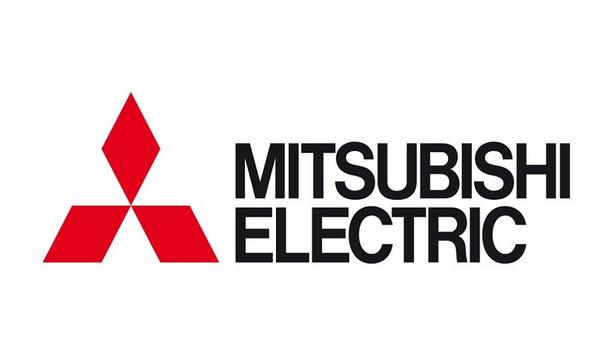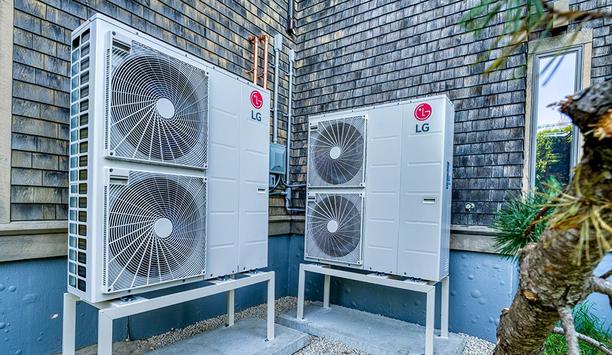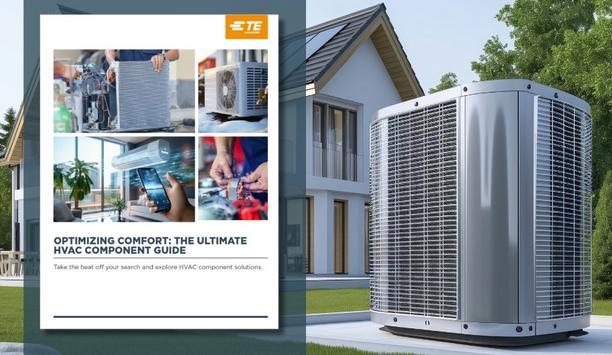Manufacturers often provide different kinds of information about cooling capacity in their documentation. This means that in many cases, customers are comparing apples with oranges.
Below, they explain how the different cooling capacity figures differ, and what they therefore have to watch out for when comparing them.
Gross cooling capacity
Gross cooling capacity is produced by the air conditioning unit via the heat exchanger. Fans are used to move the air through the air conditioning unit.
These consume energy, which is ultimately converted into heat. This heat, also produced in the air conditioning unit, lowers the gross cooling capacity. The result is the net cooling capacity.
Air conditioning units
Modern precision air conditioning units cool the air without dehumidifying it
Modern precision air conditioning units cool the air without dehumidifying it. All the cooling capacity generated is therefore used precisely for what is actually needed: cooling the air.
In older air conditioning units and those with components not of an ideal size, or with a bad choice of return air conditions, it can happen that some of the generated cooling capacity is inadvertently used to dehumidify the air during the cooling process.
Valuable cooling capacity
Valuable cooling capacity is lost and the air conditioning unit works less efficiently. The entire sum of the cooling capacity generated is known as the total cooling capacity. The proportion that is used for purposely cooling the air is called sensible cooling capacity.
Any proportion of the cooling capacity inadvertently used to dehumidify the air is called latent cooling capacity. In an ideal situation with no unwanted dehumidification, sensible cooling capacity is the same as the total cooling capacity.
Sensible net cooling capacity
The ratio of sensible cooling capacity to total cooling capacity is referred to as the "sensible heat ratio", or SHR for short. In ideal conditions without dehumidification, the SHR is generally 1.0.
So as they can see, it is vital to take care to compare like with like when comparing technical data. If they are unsure whether the manufacturer documentation is talking about total gross cooling capacity or the effective, usable sensible net cooling capacity, it makes sense to ask before comparing data from different manufacturers.
















